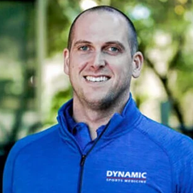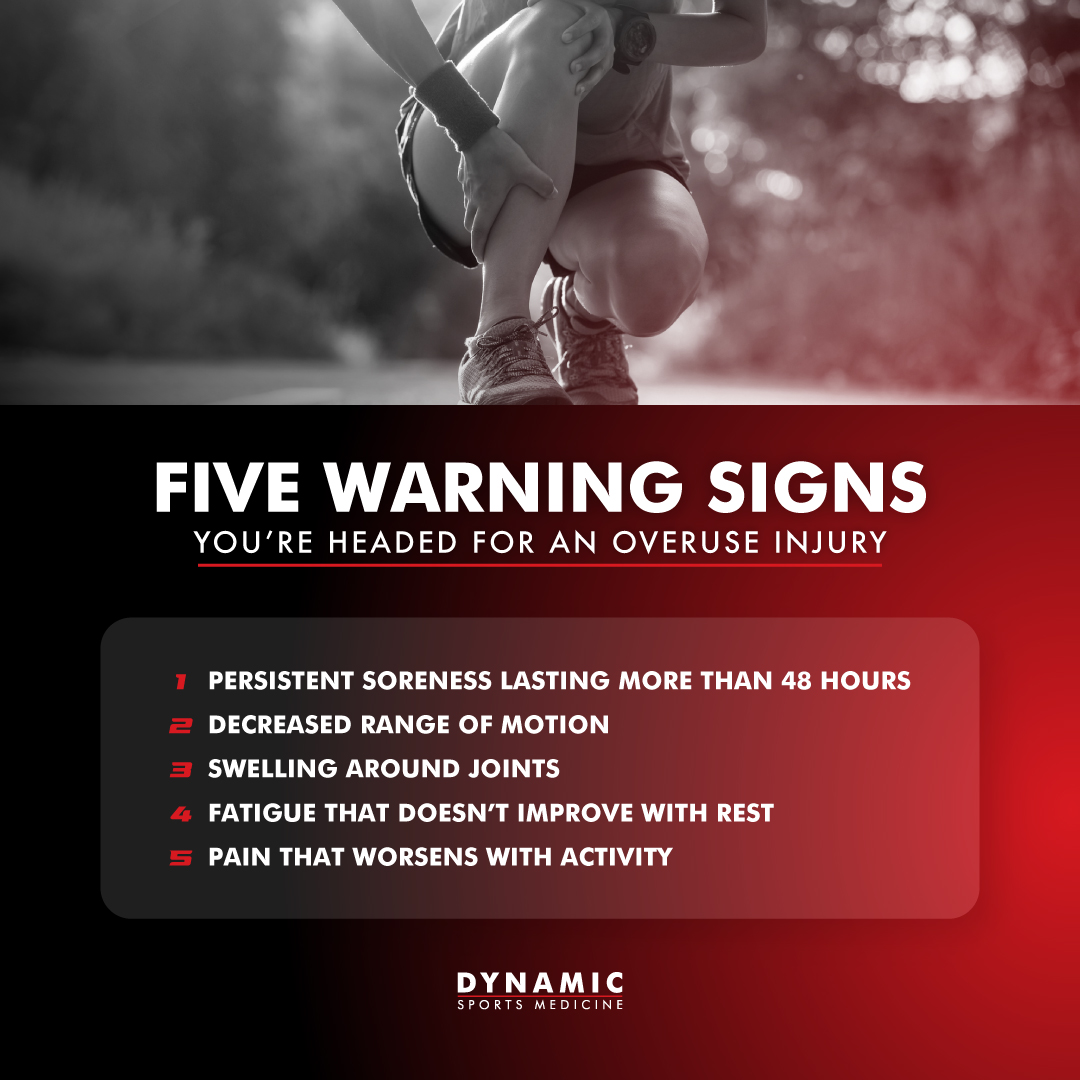Knee and hip pain from Illiotibial (IT) Band Syndrome can dramatically interfere with running, cycling, and other athletic training. It can also make everyday activities like walking and climbing stairs difficult and painful.
The IT Band is a thick band of fascia that runs the length of your leg from the outside of your hip down and over your outer knee to where it attaches at the shinbone. It is designed to provide stability and mobility in the knee, help with hip rotation and facilitate sideways movements.
Over time, running, cycling, weight lifting, and other activities that require bending and extending of the knee can cause damage due to the friction of this thick band repeatedly gliding over the edge of the thighbone. Inflammation from irritation in the bone leads to a tightening of the band that puts pressure on attached tendons and neighboring bursa sacs. The result is pain and discomfort in the outer knee that may be referred up the thigh to the hip area.
Like other sports injuries, IT Band Syndrome often requires you to refrain from certain activities for a time while inflammation subsides. However, there are a variety of active recovery techniques available through sports chiropractic care that can speed up the healing process.
IT Band Syndrome responds very well to sport chiropractic therapies such as deep tissue massage, myofascial release, and acupuncture, which can all loosen restrictions, increase mobility and relieve pain, tightness, and associated muscle tension and spasms.
In addition, there are a variety of targeted stretch and strengthening exercises that can aid in your recovery.
Toe Touch with Legs Crossed
Similar to a basic forward fold where you stand with feet hip-width apart and let your head and arms hang loosely toward your toes, the IT Band-specific stretch involves placing one foot slightly behind the other before folding forward. Once fingers are on the ground, yoga block, wall or chair depending on flexibility, slightly bend the front leg while keeping the back leg straight. This puts the emphasis of the stretch on the IT Band itself instead of just the hamstrings. You can dangle here if this is enough stretch, or slowly stand and repeat for a more dynamic experience. If your flexibility allows, and you want to deepen the intensity of the stretch, slowly crawl your fingers around toward the toes of the straight leg. (If your right leg is behind and straight, curve your stretch toward the left side body.)
Seated (or Laying) Pigeon Pose
Either sitting upright or lying flat on your back, bend both legs and place your feet on the floor. Lift your right leg and place your foot over the left knee in a figure-four position. Gently press your elevated knee away from the body to deepen the stretch. For increased mobility and to help lubricate the hips joints, gently rock the legs side to side. Repeat on the other leg.
Supine Straight Leg Stretch
Laying flat on your back with both legs extended, lift your right leg by gently grabbing with both hands behind the thigh, calf, or ankle. Gently pull the leg towards the face to loosen the hamstrings (a slightly bent knee is okay!) After holding for a few seconds, gently sway the leg across the midline of the body toward the opposite shoulder. It won’t take much movement — often only an inch or two — to feel the stretch in the IT band of the right leg. Pull the leg back to the center before releasing and repeating on the other leg.
Many times, IT Band issues stem from weak gluteal muscles, so often, exercises aimed at strengthening the glutes can also be beneficial.
Bridge Pose
Laying flat on your back with your knees bent and feet flat on the floor hip-width apart, press into all four corners of your feet to lift your lower back and bottom. Aim to keep the work in the glutes by maintaining an equal distance between the knees instead of allowing them to splay apart, which can be their tendency. Hold the bridge for a count of ten and slowly lower back down onto your back vertebrae by vertebra. Repeat several times.
Don’t let knee and hip pain from IT Band Syndrome impact your training program or fitness routine. Contact Dynamic Sports Medicine today for an evaluation. We can instruct you through these — and other — stretches, along with the proper use of a foam roller and possible other sport chiropractic therapies to help eliminate tightness and pain in the IT Band.





